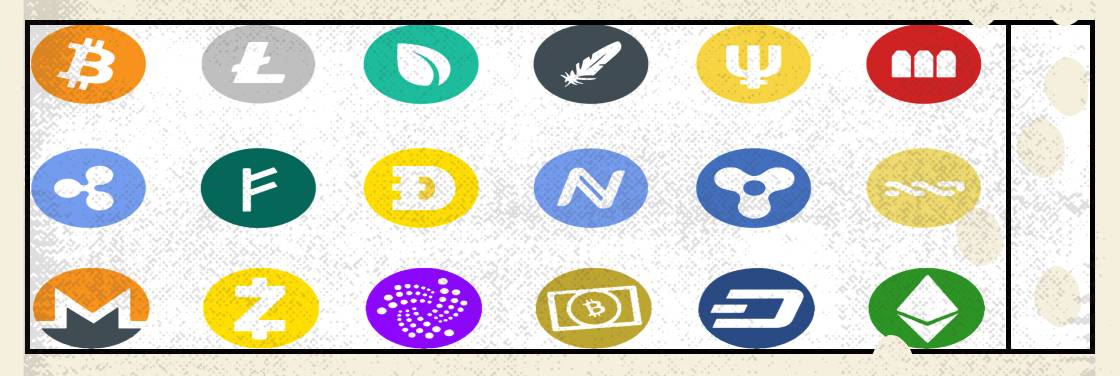A new survey has revealed key trends, controversies, and potential growth points regarding cryptocurrency staking.

Liquid staking platform ClayStack has released the results of a survey on staking digital assets. The study found that the popularity of staking could grow if investor returns increase, the amount of the minimum required stake for staking decreases, and the sector’s regulation is more transparent.
About a thousand respondents from the United States, Asia and Europe took part in the study. All participants actively invest in digital currencies and own assets worth at least $5,000. The study found that 56% of respondents successfully delegate their crypto-assets to staking, while 44% do not. The most popular cryptocurrencies for staking among surveyed investors were:
- Cardano (ADA) — 28%;
- Ethereum 2.0 (ETH) — 27%;
- Cosmos (ATOM) — 26%;
- Algorland (ALGO) — 26%;
- Tron (TRX) — 25%;
- Polygon (MATIC) — 24%;
- Solana (SOL) — 24%;
- VeChain (VET) — 24%;
- Fantom (FTM) — 23%;
- Stacks (STX) — 23%;
- Binance Smart Chain (BSC) — 23%.
Among those who have already sent their cryptocurrency to staking, 63% are willing to do so again. Among the main reasons for delegating funds to staking, respondents cited:
- the potential profitability of staking (22%);
- high interest rates (16%);
- lower fees in the PoS network compared to PoW (15%).
Also, popular reasons for staking cryptocurrencies were the desire to:
- diversify the risks associated with holding digital assets (14%);
- learn more about passive income mechanisms from cryptocurrencies (12%);
- contribute to blockchain security and decentralization by becoming the validator (9%).
The most common ways for respondents to send funds to staking were:
- creating their own validator node (21%);
- using SaaS platforms for staking (18%);
- staking via crypto exchanges (17%);
- participation in staking pools (15%) and yield farming (15%).
As for the 37% of respondents who say their experience sending cryptocurrencies to staking was unsuccessful and they do not intend to repeat it, among the most common reasons for this decision were:
- 18% are not ready to “freeze” assets for an extended period of time.
- 14% find the profitability level of staking insufficient.
- 13% find it unacceptable that there is no possibility to withdraw assets from staking early without losing earnings.
- 12% don’t understand the mechanisms of delegating funds to staking, calling the process “too complicated.”
- 11% fear risks associated with the volatility of the cryptocurrency market, which can affect expected earnings from staking.
- 11% see difficulty in taxing earnings from staking digital assets, not understanding how to include it on tax returns.
- 10% fear that high commission costs will reduce the level of income to a minimum.
Among the main factors that could influence investors to send funds back to staking, ClayStack analysts revealed:
- 16% of respondents would be willing to delegate funds to staking if the return level of staking became higher. Respondents also noted that they might be able to resume betting on digital assets if returns on other ways of making money from digital assets become lower.
- Another 16% of respondents may be persuaded to return to staking by lowering the entry threshold, that is, reducing the minimum amount required to send the asset to staking.
- More transparent and clearer regulation of the sector could convince 14% of respondents to participate in staking. First and foremost, these are clear tax rules.
- Another 14% of respondents insist on abolishing the coin blocking period for staking, only then would they be willing to start delegating funds.
- Safety of assets in staking is a concern for investors, and 13% of them are only willing to send funds to staking if there are stricter controls on security levels and clear KYC and AML rules in place.
It’s worth noting that 13% of respondents say no amount of change can make them go back to staking digital assets.
For those who haven’t figured out what cryptocurrency staking is all about, CoinsPaid Media recommends reading the main types and ways of making passive income from digital assets in the Academy materials. We also offer to learn how to choose a wallet for staking.









